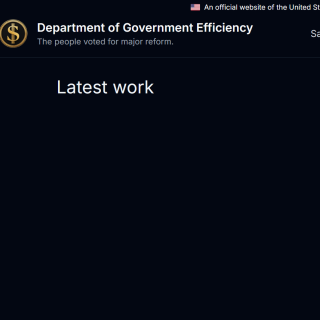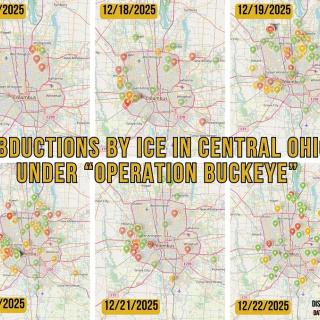Advertisement
The German Village Society, in a letter sent on May 28 to the Mayor’s Office, City Council, and “Zone In” officials, has requested to not be a part of the City’s massive zoning code overhaul.
The Society’s request only covers those German Village properties on East Livingston Avenue, across the street from Nationwide Children’s Hospital. Zone In has left the rest of German Village untouched, arguably Central Ohio’s most unique community.
The Society has yet to receive an answer from City officials. Put succinctly, Zone In seeks density with taller condominiums and apartment buildings in popular Columbus corridors, as high as 16 stories. Zone In has designated this part of East Livingston a “main corridor” where the properties are historically designated. But property owners have absolute ownership and can do as they please.
“Every block along Livingston in the Zone In proposal within our boundary already has historic properties either in place onsite or immediately adjacent, so the height restrictions stated in the Guidelines would be firmly in place,” stated the Soceity’s letter.
Zone In has proposed East Livingston in German Village to be “Urban Center” and “Urban General 1.” Both do not allow any floor height over seven stories. Urban Center (UCT) allows for five stories, and up to seven with affordable housing. Urban General 1 allows for a maximum of 4 stories.
“If the desire is to eliminate confusion and to provide property owners and developers a sense of understanding and confidence into what can feasibly be constructed on any given parcel, then the inclusion of the proposed UCT district within the Historical District boundary is setting up and immediate and glaring within plain text of the Guidelines. The UCT district is inherently inappropriate parcels within the Historical District,” stated the Society’s letter.
In a story last week published by the Free Press, former mayoral candidate Joe Motil called on City officials to create a “Zone In” district or plan to save all historically designated structures within its target areas.
“Absolutely these properties are in jeopardy from Zone In,” he said. “I think it incentivizes developers to wave big checks in the faces of landowners in these corridors to sell. So higher density apartments will pop up anywhere and displace historic structures, such as small business locations.”
City officials and Columbus City Council members say Zone In is necessary to build 200,000 homes over the next ten years to accommodate the tens of thousands of new residents predicted to move here over the next 25 years. They contend it will ease our growing numbers of houselessness, and also attract more retail and entertainment.
However, there is growing momentum amongst preservationists and neighborhoods that Zone In is more about a select few shoving brutalist ugly structures down a neighborhood’s throat for their own benefit. Developers and City officials of course are the “select few.”
The Free Press reported in the same article that Zone In officials have had limited contact with Central Ohio’s leading preservation effort, the Columbus Landmarks Foundation.
“We’ve had a couple of moments of which the City partnered with a variety of non-profits, and sometimes we were with them on that. One was actually the redlining exhibit that was part of the Zone In redlining history,” said the Foundation’s CEO Dr. Rebecca F. Kemper. “We were approached [last summer] by a few planners but were not given materials about some of the ideas they had for connecting with the community. And we had given some feedback about needing more details.”
Not surprisingly, the public comment period has come and gone, and some suggested it wasn’t nearly long enough for the public to take a good look.
“What we want to focus on is a more systematic look to provide more community input from what we are seeing,” says Dr. Kemper in an interview for the Free Press from two weeks ago. “It’s okay to receive feedback from the public that’s needed. Right now, our call is [for the community] to put out letters to the Zone In office with your concerns, especially within our historical districts. Making the call for an extended review time.”
Motil says there is no good answer to convince a determined (and greedy) developer from tearing down historical structures and non-historical buildings admired by a community. But there is a simple answer to this problem.
“There’s give-and-take. That’s my thing. There’s compromise that could be made,” he said.



